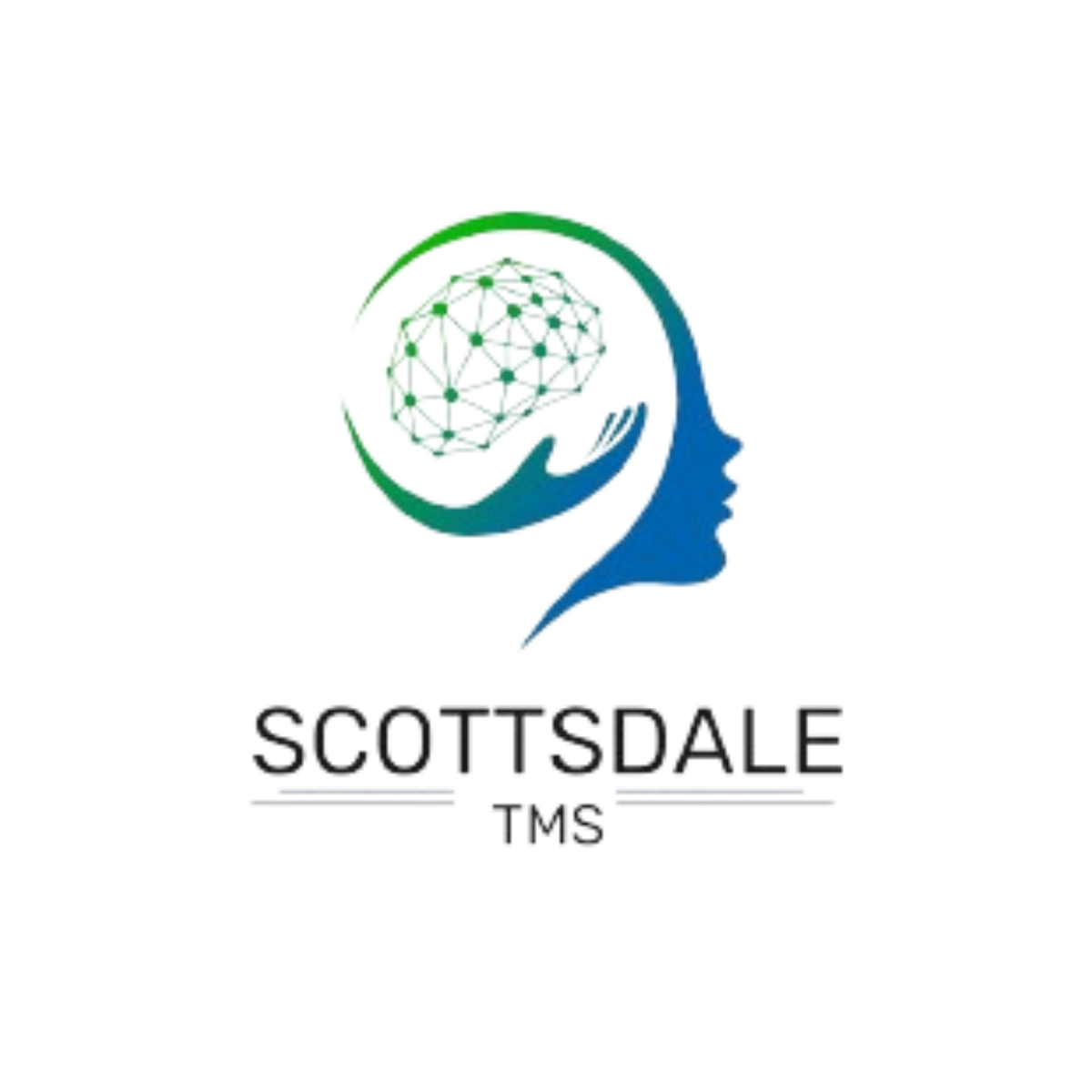Transcranial Magnetic Stimulation (TMS) is changing the way we treat certain mental health conditions — especially major depression. If you’ve heard about this therapy but aren’t quite sure how it works or what it treats, this guide is for you.
We’ll start with the basics of what TMS is, explain how TMS therapy works, review the different kinds of TMS treatments, and cover the TMS treatment benefits, side effects and risks. We’ll also use simple terms to help you fully understand this innovative approach.
Our Alcohol Addiction Treatment Programs

Scottsdale Rehab
Luxury Personalized Rehab

Hart Rehab
Holistic Luxury Personalized Rehab

Scottsdale Detox
Luxury Medical Detox
What Is TMS?
TMS stands for Transcranial Magnetic Stimulation. It’s a non-invasive therapy that uses magnetic fields to send magnetic pulses into specific areas of the brain. These pulses are designed to stimulate nerve cells that are involved in mood control and mental health.
The treatment is most commonly used to help people with depression symptoms, especially those who haven’t responded well to other depression treatments like medication or talk therapy.
The U.S. FDA approved TMS for major depression in 2008 and later approved it for obsessive compulsive disorder (OCD) in 2018. Researchers are also exploring its use for anxiety, PTSD, and even chronic pain.
How TMS Therapy Works?
During a typical session, a TMS device (or TMS machine) is placed on your scalp, near your prefrontal cortex, which plays a key role i n mood regulation. The device delivers quick bursts of magnetic pulses, similar in strength to those used in an MRI.
These pulses stimulate nerve cells in the brain, helping to “wake up” underactive areas that may be contributing to depression symptoms.
This method is most often done through repetitive TMS (rTMS), where pulses are repeated in sequences. Each session usually lasts between 20 to 40 minutes, and most patients undergo daily TMS sessions for 4 to 6 weeks.
Is TMS Therapy Effective for Treating Depression and Other Conditions?
Yes — TMS therapy has shown strong effectiveness, especially for people with major depression who haven’t responded well to medication or talk therapy. By targeting underactive areas of the brain with magnetic pulses, transcranial magnetic stimulation (TMS) helps restore healthier brain activity tied to mood and behavior.
Research shows that about 50–60% of people with treatment-resistant depression experience noticeable improvement with TMS, and roughly one-third achieve full remission. It’s also considered safe and well-tolerated, with far fewer side effects than many antidepressant medications.
In addition to depression, TMS is FDA-approved for obsessive compulsive disorder (OCD) and is being explored for other mental health conditions like anxiety, PTSD, and chronic pain — though these uses are still considered off-label in most cases.
While outcomes can vary, the growing evidence behind TMS therapy has made it a reliable alternative for those looking for non-drug, non-invasive depression treatments.
What Are TMS Treatments?
TMS treatments refer to the different ways that TMS therapy is used to treat various mental health conditions. While the core technology is the same, the treatment protocols can differ based on what condition is being targeted.
1. TMS for Major Depression
The most common use of TMS. It targets the left prefrontal cortex to improve mood by stimulating underactive brain cells.
2. TMS for OCD
Targets a different area of the brain linked to obsessive thoughts and compulsive behaviors. Treatment for obsessive compulsive disorder (OCD) may use a slightly different pulse pattern.
3. TMS for Anxiety and PTSD (off-label)
Some clinics use TMS to help people with anxiety or post-traumatic stress disorder, although these uses are still considered “off-label” and not yet FDA approved.
4. TMS for Chronic Pain and Migraines
Some TMS devices are also being used to treat chronic pain conditions and migraines by targeting different areas of the brain.
Different TMS machines and coil types may be used depending on the treatment protocol.
What are the Benefits and Side Effects of TMS Therapy?
Here are some of the main TMS treatment benefits:
- Non-invasive (no surgery or anesthesia)
- Drug-free (no daily pills)
- Fewer systemic side effects compared to antidepressants
- Minimal to no downtime — patients can return to normal activities after each session
- Can help when other depression treatments haven’t worked
Many patients report significant improvement in mood and energy levels after a few weeks of sessions.
TMS Side Effects and Risks
Like all treatments, TMS can come with side effects — but they are generally mild and short-lived.
The most common TMS side effects and risks include:
- Scalp discomfort at the treatment site
- Mild headache or fatigue
- Tingling or twitching of facial muscles during treatment
- Hearing loss (rare, and typically preventable with proper ear protection)
- Seizure (very rare, less than 1% risk)
These common side effects usually go away as the body gets used to the sessions. Clinics are trained to monitor for any unusual reactions during treatment.
What Happens During TMS Sessions?
During a TMS session, you’ll be seated in a chair while the TMS machine delivers magnetic pulses through a coil placed on your head. You may hear a clicking sound and feel a tapping sensation on your scalp. Some people experience mild scalp discomfort, especially in early sessions.
Each session lasts about 30 minutes. Most treatment plans involve 5 sessions a week for several weeks.
You can go home right after the session, and you can even drive yourself.
Is TMS Therapy Right for You?
You may be a candidate for TMS therapy if:
- You have major depression and haven’t responded to medication
- You can’t tolerate the side effects of antidepressants
- You’re looking for a non-invasive treatment option
- You don’t have metal implants or a history of seizures
Talk to a mental health provider or a TMS clinic to find out if TMS is safe and appropriate for your condition.
Finding Hope with TMS Therapy
TMS is a promising therapy that offers hope for people living with major depression, OCD, and other difficult-to-treat conditions. By using magnetic fields to stimulate nerve cells in key areas of the brain, transcranial magnetic stimulation (TMS) helps reset how the brain functions — without the need for medication.
If you’ve tried other depression treatments without success, ask your doctor if TMS could be the next step in your healing journey.

